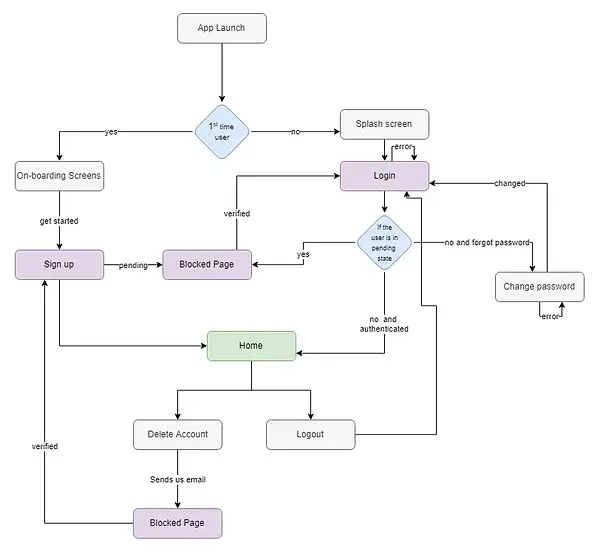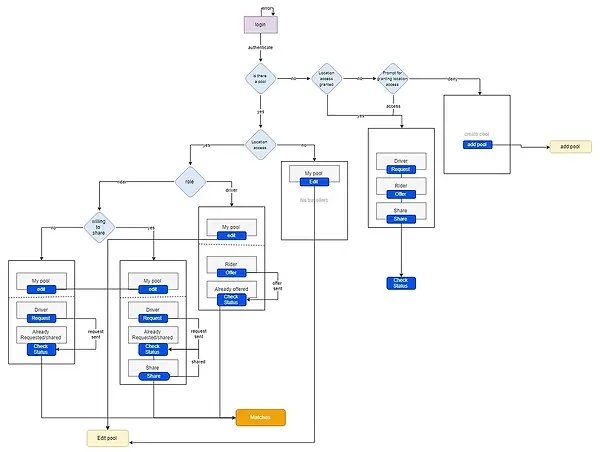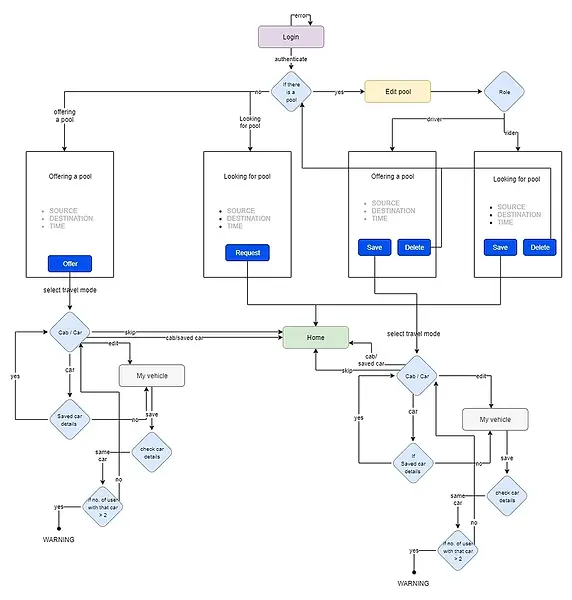
POOLit: Carpool
The center of every good product is a user, a user that has a problem that needs to be solved, and POOLit was one such attempt to solve a problem that many users face on a daily basis. The daily commute frustrations, hour-long traffic, overcrowded metros, unavailability of cabs, or surge prices when you actually need them.

.jpg)
Design Challenges
Creating a community

The idea of POOLit was not just to solve these commute issues but to bring a change.
What if while commuting from work you could grow your professional network?
Sustainability

What if there were fewer cars on the road? What if you could save the environment while sitting in the comfort of your car?
The one obvious answer to all of this was a carpooling solution, where users can find a carpool to work. But you already knew that, didn't you? Then why not carpool? To get the answer to this question I did some user research
Design Research

Before diving into the product I needed to know who was our potential customer and what they needed. I created WhatsApp groups and asked people to create carpools. Users who were driving their own car would post about their routes and anyone can request them for a ride.
The following key points stood out from the experiment.
-
Users were more willing to carpool with people within a similar community, for example, the same residential areas and workspaces.
-
Users were more inclined to carpool with people who came from a known and verified organization.
-
Money was not the driving factor if there was a sense of community and belonging
-
Every 2 in 3 people were fed up with Uber prices and de-routes while cab sharing.
Now that I had the information I needed, it was time to organize it into a solution.
Define

The team sat together to work over the key points I have derived, reading user feedbacks of already existing carpool solutions and conducting user surveys. After a lot of drawing on tables and hour-long meetings, we defined our target audience groups:
-
People driving their own car who will be willing to offer a ride.
-
People looking for a ride who can request a ride from a driver.
-
People who were traveling in cabs but needed a cheaper solution.
We also designed user flows to understand user behaviors.



Design

The final flow included
-
Two-step signup process where the user was verified based on the organization they worked for, which maintained a sense of security among carpoolers.
-
Community filters to carpool with people within the same workspaces and residential areas and hence increasing the chances of user offering or requesting a ride.
-
Flexible payments based on what the user wanted to pay.
-
Option to share cabs. So, the user could travel at the price of UberPool and OlaShare or even less, but with the added advantage of selecting their co-passenger and zero de-routes.
-
Since we needed more and more people to carpool, restricting POOLit to only verified professionals seemed unfair. To solve this, we introduced a refer feature where verified users could refer their friends and family on POOLit.
For a more detailed discussion lets get on a call



